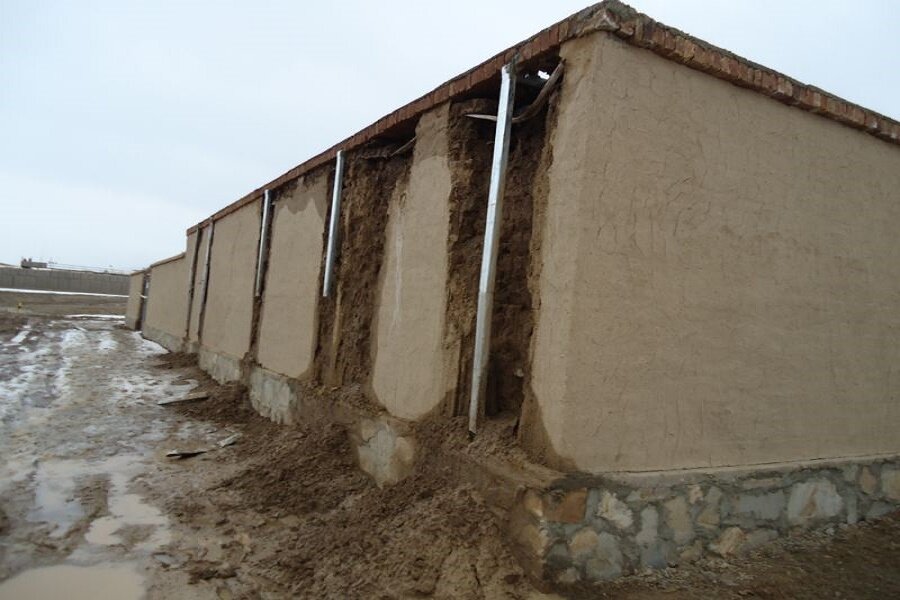It's 'melting': A window on Pentagon construction spending in Afghanistan
Loading...
The Pentagon and State Department's vast spending programs in Afghanistan have come in for a lot of flack over the years. Perhaps one of the greatest mistakes was the tens of billions of dollars sunk into trying to build a US-style military for a country that will eventually have to support it on an Afghanistan-sized budget.
There's a long list of shoddy efforts. A $60 million improvement program at a hydroelectric power plant that reduced the power supply. A $70 million garrison built for Afghan troops that began to collapse soon after completion, with the Afghan soldiers forced to live in tents. Or $7 billion spent on opium eradication only to see opium production soar to record heights.
Often, critics have focused on American failures to take into account local capabilities, culture, and potential sustainability when building such large-ticket items. Like a $300 million power plant designed to run on fuel Afghanistan can't afford, and which requires complicated maintenance Afghans can't yet provide.
"Make it Afghan, for Afghans," is often the advice from old development hands.
But that hasn't happened much, according to a report released yesterday by the Special Inspector General for Afghan Reconstruction (SIGAR).
The Pentagon hired a local construction firm with a simple task: Create a replica "typical Afghan village" with local building materials and local laborers. The cost? A relative bargain at $500,000. The facility, in Wardak, is next to the National Police Training Center and was designed to be used as a "dry fire" (no live bullets) training range for Afghan Special Police to hone skills in searching villages for weapons, criminals, and insurgents.
Within four months of completion in October 2012, however, the facility was "melting," in the words of SIGAR. The audit found that a lack of oversight and a corrupt local contractor meant the use of shoddy materials and workmanship throughout, leading to the creation of a facility that was too hazardous to the lives of the Afghan police for use within six months of completion. Two years later, roofs had collapsed, walls had crumbled, and water was seeping into almost all the foundations.
The local knowledge needed to oversee the building of a series of simple Afghan homes was beyond the Pentagon. The Afghan government demolished the site and has started over with its own money (though its budget is largely financed by the US and other donors).








